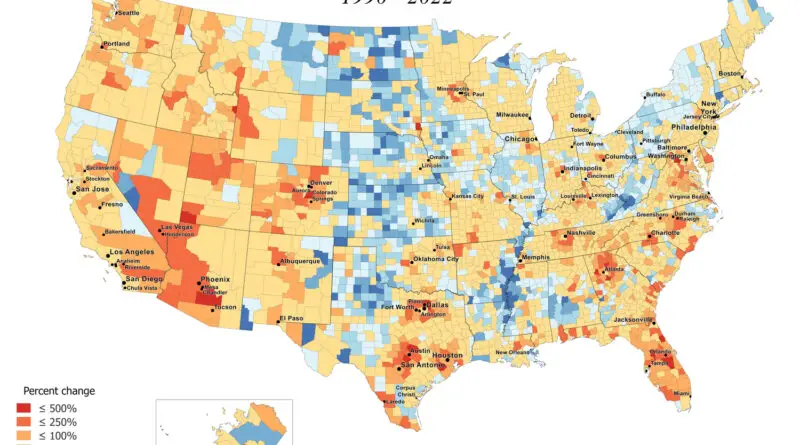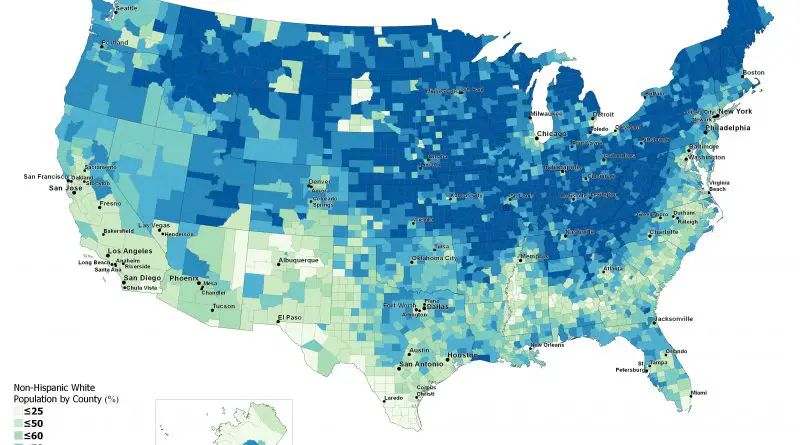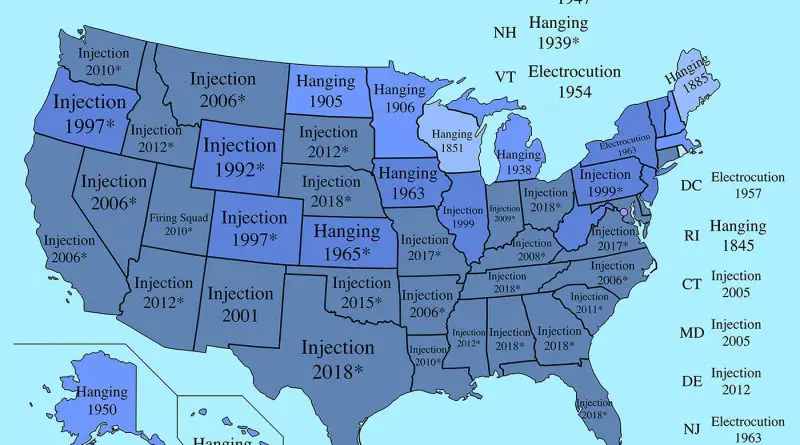Amazing Geography Facts About the U.S. States
Every state has a story — and these maps help tell it. Whether it’s a surprising landmark, a little-known fact, or a unique spot on the map, this collection shows what makes each place in the U.S. one of a kind.
Read More









